Depth | Cryptographic currency, future-oriented payment innovation?
Summary
Libra 's improvements. In terms of blockchain technology, Libra created a new open source blockchain and blockchain-based cryptocurrency, and the new programming language Move supports the smart contract platform. At the same time, the Libra blockchain uses a BFT mechanism based on the LibraBFT consensus protocol, which will move from licensed to unlicensed in the future. In terms of currency stability, Libra promises that each Libra currency has a basket of assets of corresponding value for reserve support and is held and regulated by a custodian with investment-grade credit ratings distributed around the world. In line with regulation, Libra is willing to use new technology to support legislators and central banks to work together to combat illegal activities such as money laundering and terrorist financing. In the context of the current majority of other cryptocurrencies being speculative, Libra is most likely to be a payment currency with a global nature.
The impact of cryptocurrency. The regulatory attitude is cautious, but cryptocurrencies have technical advantages. In fact, as early as the beginning of cryptocurrency, most countries showed a cautious attitude toward cryptocurrency. Recently, the regulatory authorities in various countries have expressed their attitude towards Libra or worry or wait and see. However, in the digital age, the use of legal tender for online transactions requires third-party agencies to confirm transactions, and there are potential problems such as customer data leakage, inconvenient transactions and insecurity, and are particularly prominent in areas where financial services are underdeveloped. The biggest advantage of cryptocurrency is decentralization. The fact that the transaction does not need to be confirmed by a third party means that the aforementioned problems can be solved. Once a cryptocurrency with stable currency, convenient payment, and wide application is available, the current financial system and Internet business form may be changed. First, the encrypted goods will produce a new way of credit derivation. The increase of cryptocurrency is equivalent to the expansion of credit, and this new credit derivation is not controlled by the central bank, which will inevitably affect the traditional monetary policy transmission mechanism. Second, smart contracts based on cryptocurrencies will impact traditional financial services, and many financial transactions can be written as smart contracts that are automatically completed without third-party confirmation. At the same time, most of the intermediary services for online transactions can also be implemented by smart contracts, without relying on third-party intermediary platforms. In addition, the stability of the currency of the cryptocurrency makes it possible for cryptocurrency to replace the currency of some sovereign countries with long-term depreciation pressure. But for the reserve currency behind the cryptocurrency, the promotion of cryptocurrency is equivalent to increasing its influence, because the value of the cryptocurrency will be linked to the exchange rate of the main reserve currency.
Recently, Facebook released the Libra white paper. The cryptocurrency has once again triggered a heated discussion in the market. What is cryptocurrency? How to treat the emergence and impact of cryptocurrency, we try to give an analysis in this topic.
1. What is cryptocurrency?
- Viewpoint | Will the ultimate future liquidity trap of digital currency still exist?
- Market Analysis: The positive correlation between cryptocurrency and US stocks will be higher and higher
- Did Nakamoto appear, is it good or bad?
Digital currency is a currency expressed in electronic form, including virtual currency such as Q currency used in a specific virtual community, including cryptocurrency. Encrypted currency refers to the emerging digital certificate based on the principle of cryptography and the use of blockchain technology to ensure decentralization through a distributed consensus mechanism . It is currently the most concerned digital currency. Compared with the banking financial system that relies on a centralized regulatory system, cryptocurrencies can rely on the base currency and third-party intermediaries to determine the ownership of the currency only by cryptography, and directly complete the peer-to-peer transaction.
The implementation of cryptocurrency relies on blockchain technology. What is blockchain technology? Let us introduce the operation of blockchain technology by taking the earliest and currently the largest cryptocurrency bitcoin as an example. Bitcoin transactions are public, but the personal information of both parties to the transaction is hidden. Each time a transaction is completed, the transaction information is transmitted between the nodes of the whole network. According to the setting of Bitcoin founder Nakamoto, a block is generated every 10 minutes, which is equivalent to a one-page book, which contains many transactions. Recording, once the transaction record in a certain block is approved, will be connected behind the previously formed block to form a blockchain that evolves over time. Moreover, due to the setting of algorithms such as time stamps and random hashes, the blockchain can guarantee that the possibility of double payment and tampering with transaction records is almost zero.

Since the birth of Bitcoin in 2009 , cryptocurrencies have evolved, and digital currencies such as Ethereum , Stabilizingcoin and Libra have been created. In November 2008, Nakamoto published a Bitcoin white paper. In January of the following year, Nakamoto released the first version of the open source bitcoin client, bitcoind. The Bitcoin network was born. Bitcoin then broke through $1,000 and $10,000 in November and December, respectively. The popularity of Bitcoin led to the emergence and development of a variety of different cryptocurrencies. In July 2014, ETC began to be pre-sold. In November of the same year, the stable currency USDT issued by Tether was also born. On June 18 this year, Facebook officially released the Libra white paper on cryptocurrency, proposing to create a blockchain-based global currency with real asset guarantees and independent association governance. The cryptocurrency is once again hotly debated.

At present, Bitcoin is still the cryptocurrency with the highest market value and the largest transaction volume, while the stable USDTT transaction volume is also large. As of July 31, 2019, among the top ten cryptocurrencies in terms of market size, the market value of Bitcoin far exceeded that of other cryptocurrencies, reaching $180 billion, the highest cryptocurrency market value. Ethereum and Ripple (XRP) ranked second and third, with market capitalization of 23.4 billion and 13.7 billion, respectively. Although the remaining ranked cryptocurrency has been accepted by most users, the market value is below 10 billion US dollars, and the ranking of the scale is relatively unfixed. However, according to the transaction volume, the stable currency USDT issued by Tether is the largest circulation token, and the daily trading volume is basically equivalent to Bitcoin. On July 31, bitcoin and USDT transactions were $17.2 billion and $17.7 billion, respectively, while the second-largest Ethereum trading volume was less than one-half of Bitcoin.

2. Ji Dacheng's libra
2.1 Advantages and disadvantages of existing cryptocurrencies
The biggest feature of Bitcoin is the decentralization of creativity. In the Bitcoin white paper, Nakamoto refers to the original intention of creating Bitcoin, and also reflects the biggest advantage of cryptocurrency, that is, the establishment of a payment system that is completely through peer-to-peer transactions, and the generation of this system can go The role of centralization. For example, when I buy a pizza, I don't need to go through the bank's settlement system, but directly transfer Bitcoin from my account to the pizza store owner's account. Once the transaction record is approved by the whole network, it becomes a must. Achieved and irreversible transactions. Therefore, even if the personal information of both parties to the transaction is unknown, the technology of the blockchain can guarantee the security of the transaction.
Decentralization can lead to the security and convenience of transactions. Security includes the security of transactions and the security of assets. The security of the transaction is that no third party knows the personal information of the party. Moreover, because the cost of fraud is too high, the transaction records in the blocks that have been formed on the public chain cannot be falsified, revoked and destroyed, ensuring that once the transaction occurs, it cannot be repented and repaid. The transaction does not depend on the credit of the two parties and the third party intermediary. Trust endorsement. At the same time, distributed servers make Bitcoin extremely fault tolerant and ensure asset security. Since "bookkeeping" relies on node servers scattered around the world, not central processors, there is no need to worry about the asset crisis caused by the failure of the central processor, just as there is no need to fear bank liquidation. At the same time, decentralization is equivalent to reducing the middle part of the transaction, which makes the transaction cost lower, and in theory, the time can be shorter and the convenience is greatly improved.
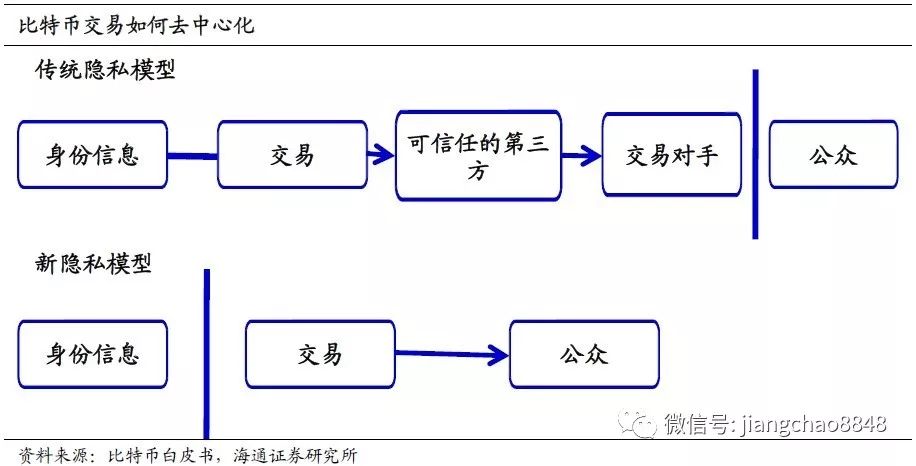
Although Bitcoin uses blockchain technology to create decentralized digital currency, which has trans-century significance, bitcoin design is limited to the currency field, and the decentralization feature of blockchain technology can be expanded more widely. The scope.
Ethereum has created a smart contract platform to further promote blockchain technology, which is also known as Bitcoin 2.0 . In addition to providing cryptocurrency Ethercoin, which is similar to Bitcoin, Ethereum has also creatively created a blockchain platform that allows anyone to build or use blockchain-based applications. In other words, Ethereum is equivalent to an open source code project. Users can create their own rules through built-in smart contracts, including building decentralized applications involving many industries such as the Internet of Things and finance, including creating their own wishes. The algorithmic rules, the cryptocurrency of the incentive mechanism, and the Ethereum are used as incentives to provide computer computing power on the Ethereum platform and are used for payment during each transaction.

In addition to low scalability, bitcoin currency instability is one of the flaws that have been criticized. The large fluctuations in the value of the Bitcoin have led to its original intention as a new payment function. When Nakamoto created Bitcoin, he set a fixed size for Bitcoin to resist inflation, which led to the lack of stability characteristics of Bitcoin as investment funds flowed in. In July 2013, the value of Bitcoin fluctuated around $80. By April 2018, the value of the currency fluctuated around $8,000, an increase of nearly 100 times. Among them, in the first quarter of 17 years to the first quarter of 18 years, the market value of Bitcoin experienced a huge shock of roller coaster, from $5,810 on November 12, 17 to $19,210 on December 16, It also shrank to $6,946 on February 5, 18th. Similarly, the value of the Ethereum is also very volatile.
In order to overcome this problem, there has been a stable currency such as USDT , but the market is doubtful about the USDT 's currency reserve. The USDT is a value-for-money token in a volatile volatility currency because it is exchanged for one-to-one exchange with the US dollar, which is why the USDT trade is at the top of the list. However, the release of USDT was completely dominated by Tether. The acceptance, regulatory and operational risks were all concentrated in Tether. The centralized distribution model coupled with the opacity of Tether's internal operations triggered a crisis of confidence. Users questioned that their US dollar reserves could not keep up. Fast release speed.
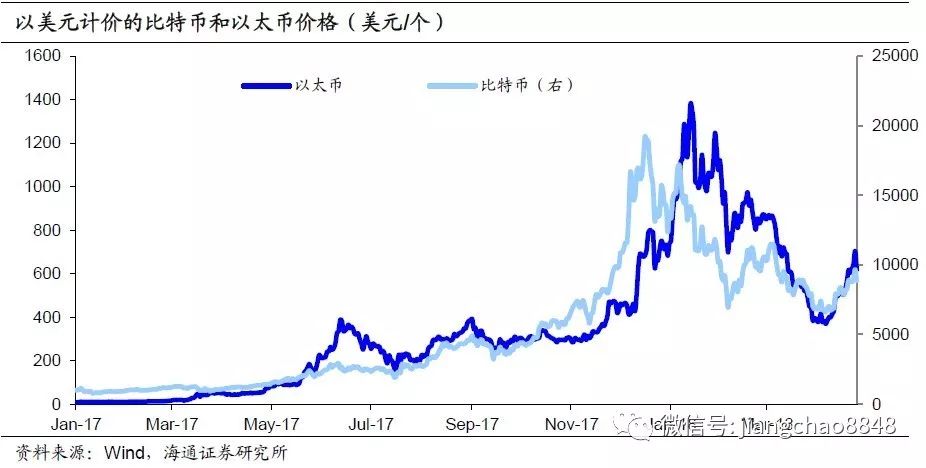
In addition, Bitcoin has the problem that the transaction confirmation time is too long. The Bitcoin blockchain uses the workload proof PoW consensus mechanism. The advantage of the PoW consensus mechanism is that it is extremely secure, because modifying the past blockchain requires at least 51% of the computing power, but the PoW consensus mechanism requires transaction confirmation. It consumes a lot of computing capacity, and the time is too long, generally it takes 1 hour. The long confirmation time of the transaction easily affects the payment function, which makes the payment application scenario of Bitcoin greatly limited. Many face-to-face physical transactions require transactions to be completed in a timely manner, and Bitcoin cannot meet this demand.
PoS consensus mechanism and DPoS mechanism have emerged for the problem of high energy consumption and long confirmation time of PoW , but these mechanisms have the problem of sacrificing fairness and security. The PoS consensus mechanism is a mechanism for determining the billing rights based on the product of the token holding amount and the holding time of each node. Although this mechanism reduces energy consumption and time, it is easy to cause the phenomenon of strong and strong, and the number of coins held and the nodes holding money in the early period have more control. The EOS currency uses the DPoS mechanism. Compared to the PoW and PoS consensus mechanisms, the DPoS mechanism is more efficient, but the security guarantee is sacrificed accordingly. In the rule setting, the voting method is used to select the agent node with the accounting right. This method involves too many human factors. At present, major public chains are seeking technological breakthroughs to balance the safety, decentralization and energy consumption of blockchain technology.
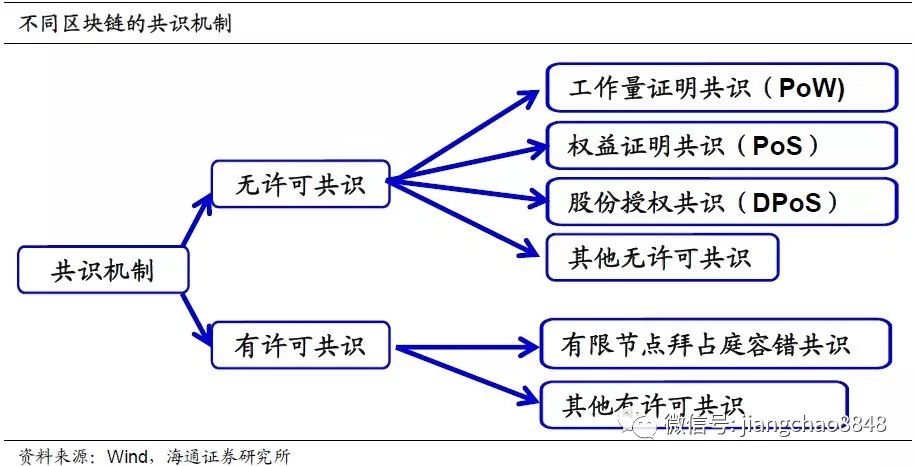
Finally, the nature of cryptocurrencies makes it easy to become a tool for illegal transactions. Since the personal account of the cryptocurrency adopts an anonymous form, the characteristics of the neutralization and the unique advantages of the distributed server, the cryptocurrency transaction information cannot be obtained by the financial regulatory department, the transaction cannot be supervised, and the tracking and traceability is difficult. Therefore, cryptocurrency is easy to become a tool for cross-border illegal payment transactions, and is also linked to black transactions such as money laundering and terrorism.
2.2 Libra improvements
Despite a period of development and optimization, there are still many problems with the existing digital currency. Libra, released by Facebook, aims to improve on these issues.
Specifically, Libra , like Ethereum , created a new open source blockchain and blockchain-based cryptocurrency. According to the Libra white paper, Libra's blockchain can meet high transaction throughput for fast response and settlement. In addition, Libra has designed a new programming language Move to support the smart contract platform. The Move language is both secure and user-friendly, making it easier to write code that fits the author's wishes. Furthermore, the Libra blockchain uses a BFT mechanism based on the LibraBFT consensus protocol. However, because Libra was a licensed network in the early stage, the degree of decentralization was low and there was a problem of fairness. However, according to the white paper plan, Libra will transition from licensed to unlicensed in the future.
In terms of currency stability, Libra promises that each Libra currency has a basket of assets of corresponding value for reserve support, including bank deposits and short-term government bonds. Moreover, Libra currency is not tied to a single currency, ensuring that value fluctuations are minimized. In addition, Libra's reserve assets are held and regulated by custodians with investment-grade credit ratings across the globe to ensure the security and dispersion of assets. In conjunction with regulation, Libra project leader David Marcus said at the hearing that Libra is willing to work with regulators and policy makers to ensure Libra meets legal and regulatory requirements. And Libra is willing to use new technology to support legislators and central banks to work together to combat illegal activities such as money laundering and terrorist financing.
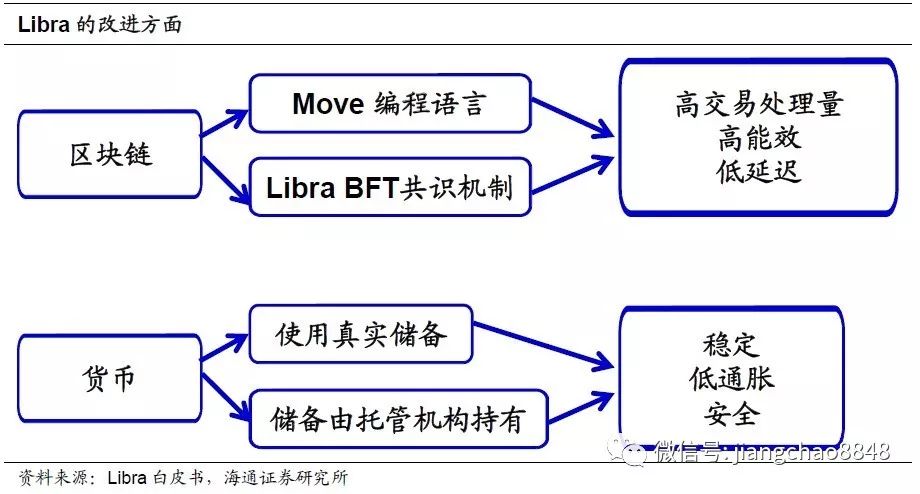
Based on this design, Libra hopes to build a simple, borderless currency and financial infrastructure that serves billions of people.
In the context of the current majority of other cryptocurrencies being speculative, Libra is most likely to be a payment currency with a global nature. On the one hand, from the Libra design mechanism, Libra can carry a very high transaction volume, achieve fast arrival services, while ensuring high security and providing users with a good payment experience. On the other hand, from the perspective of the number of users accumulated, Facebook is undoubtedly the world's largest social platform. In the first quarter of 19th, Facebook’s average monthly livelihood reached 2.38 billion, while the average monthly livelihood of Weibo and Twitter was only 465 million and 330 million, which is much lower than Facebook. Facebook's powerful social platform is also the main reason why the Libra white paper has attracted widespread attention in the market.
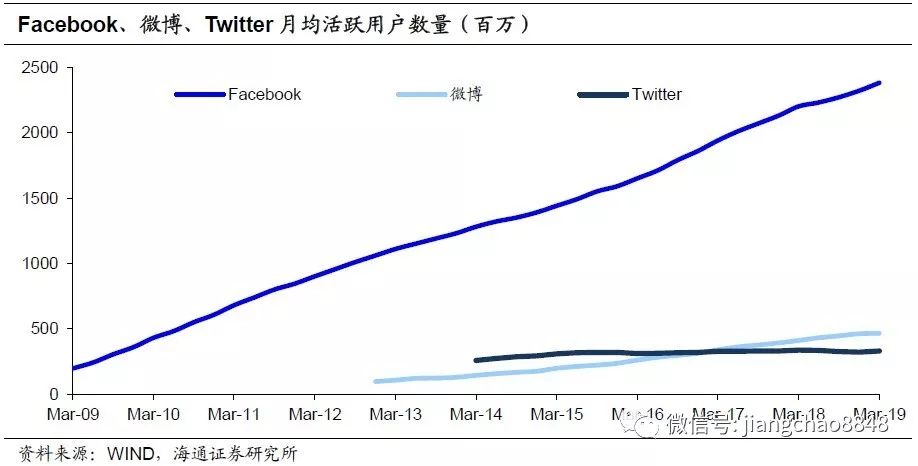
3. The impact of cryptocurrency
In fact, as early as the beginning of cryptocurrency, most countries showed a cautious attitude toward cryptocurrency. China issued announcements on bitcoin and ICO (token financing) in 13 and 17 years respectively, clarifying that bitcoin is not a currency and ICO illegal fundraising. Although strict regulation of cryptocurrencies is implemented, China still supports the development of blockchain technology. On August 2nd, the People's Bank of China held a working meeting in the second half of the year, which accelerated the pace of research and development of China's legal digital currency (DC/EP) and tracked the development trend of domestic and foreign virtual currencies. In the US, different regulators, including the Commodity Futures Management Committee and the US Securities Regulatory Commission, have different qualitative and attitudes toward cryptocurrencies. In general, the attitude of the United States towards cryptocurrencies has been gradually hostified and rigorously regulated from the initial hostility. In addition, since 17 years, Japan has recognized the payment properties of cryptocurrencies and incorporated cryptocurrencies into the legal regulation system. South Korea’s attitude toward cryptocurrencies has evolved from being sought after by the whole people to being completely banned and then to the current regulatory recovery.
For now, Libra has a long way to go before launching. The US Senate and House of Representatives launched two hearings for Libra in July. Before the hearing, US President Trump, Federal Reserve Chairman Powell and US House Financial Services Committee Chairman Maxine Waters and others respectively expressed their opposition or concern to Libra in public. Later, at two hearings, lawmakers questioned Libra's user data privacy protection, regulatory affiliation and impact on the financial system. In addition to the United States, other national regulators have expressed their attitudes towards Libra or worry or wait and see.
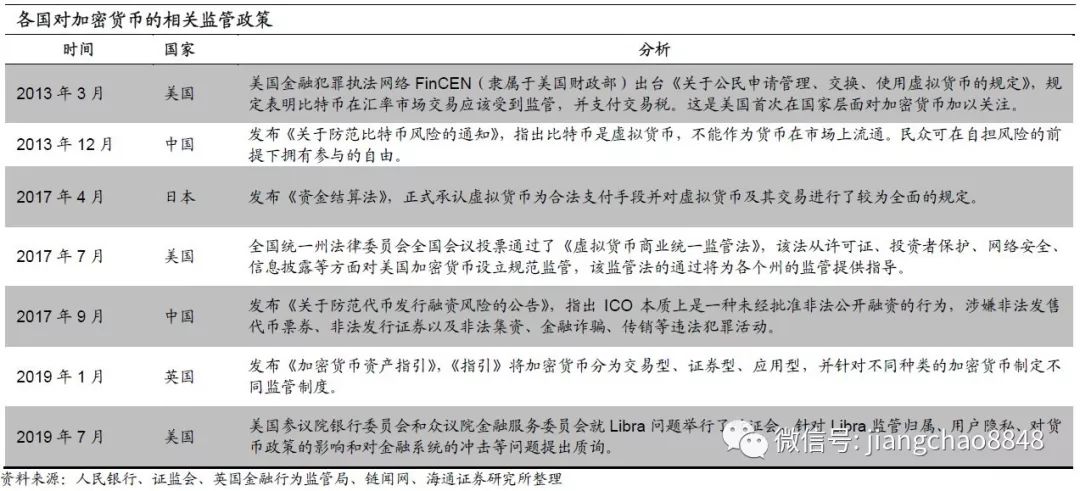
In the digital age, the use of fiat currencies for online transactions requires third-party agencies to confirm transactions. In the era of rapid Internet development, many transactions are not carried out face to face. Since the legal currency is banknotes, using fiat currency for online transactions requires the other party to be confident that you have enough money and have completed the payment. At present, the traditional way is to confirm the transaction by the bank as a third-party institution, and both parties can confirm whether there is money payment through the change of the bank account amount.
The bank's transaction confirmation model has potential problems such as customer data leakage, inconvenient transaction and insecurity, and is particularly prominent in areas where financial services are underdeveloped. First, a bank that acts as a third-party agency can obtain the details of each transaction. Once an information disclosure occurs, it will threaten the security of the customer's account. At the same time, this information is also the digital asset of the customer and should not be controlled by a third party. Second, the fact that transactions rely on banks for confirmation means that both parties need to obtain convenient banking services, which is a prerequisite for convenient transactions, and the current cross-border transaction confirmation time is often longer. In addition, in the current trading mode, both parties to the transaction first need to have certain deposits in the corresponding bank. At this time, the security of the assets is linked to the credit of the bank. If the bank is in bankruptcy risk, the customer's assets will be unnecessarily lost. Finally, the bank acts as a centralized confirmation party, and once the bank has a message failure, the transaction will not proceed. In areas where financial services are not developed, the above problems will be more serious, and the financial services costs in the less developed regions will be higher.
At present, China's booming third-party payment platform model cannot avoid these problems. Third-party payment platforms such as Alipay and WeChat are essentially different from cryptocurrency. The third-party payment platform acts as a bank, may be better than the bank in terms of operation and transaction convenience, and can obtain certain deposit income, but transaction information. It will still be acquired by the payment platform, and the third-party payment platform is usually associated with the bank account, so customer data leakage, transaction security and other issues still exist.
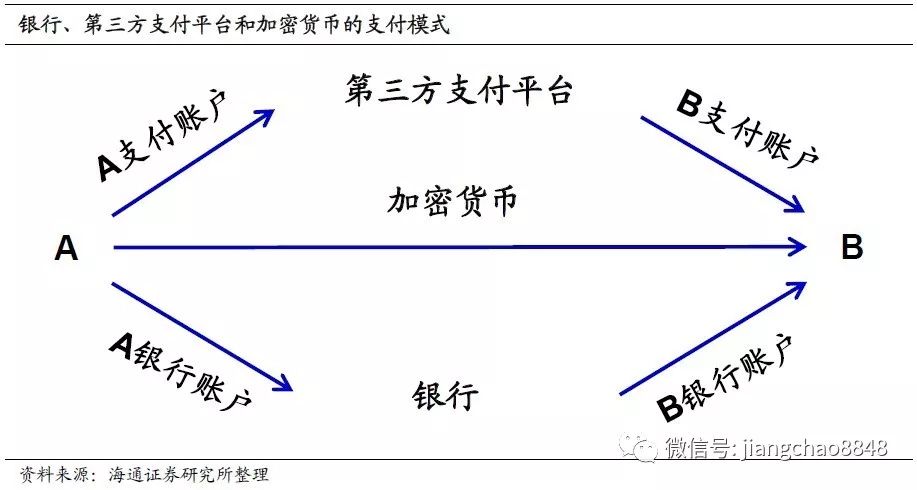
As mentioned earlier, the biggest advantage of cryptocurrency is decentralization. The transaction does not need to be confirmed by a third party organization, which means that the aforementioned problems can be solved. Especially in areas where financial services are underdeveloped, the advantages of cryptocurrency are more prominent, which indicates that the future of cryptocurrency is huge. However, the current regulatory loopholes involved in decentralization are still an important obstacle to the promotion of cryptocurrency, but this does not prevent us from expecting a cryptocurrency that is subject to regulatory acceptance, stable currency, and convenient transactions. Once such cryptocurrency is widely accepted, it will change the current financial system and Internet business form to some extent.
First, the promotion of cryptocurrency will create a new way of credit derivation. The traditional credit expansion model is that the central bank deposits the base currency. After the residents get the money, they deposit into the bank to form a deposit, and then the bank re-submits the loan to form a new deposit. In the process, deposits are continuously derived. Due to the high bank credit, bank deposits with a payment function are considered to be broad money. Once the cryptocurrency is widely accepted for payment, the cryptocurrency actually acts as another "form of deposit", and if the cryptocurrency has a reserve currency, the reinvestment of the reserve currency is actually equivalent to a new credit derivation. If a financial institution conducts a deposit-and-loan business based on cryptocurrency in the future, this credit derivation mechanism is more complicated.
The new credit derivation will inevitably affect the traditional monetary policy transmission mechanism. Under the current monetary policy framework, the central bank can control the speed of bank credit expansion through the deposit reserve ratio and policy interest rate, but if the cryptocurrency is no longer within the financial regulatory framework and freely convertible is not restricted, then the equivalent is unlimited. Deriving a broad currency that can be used for payment will undoubtedly undermine the central bank’s control.
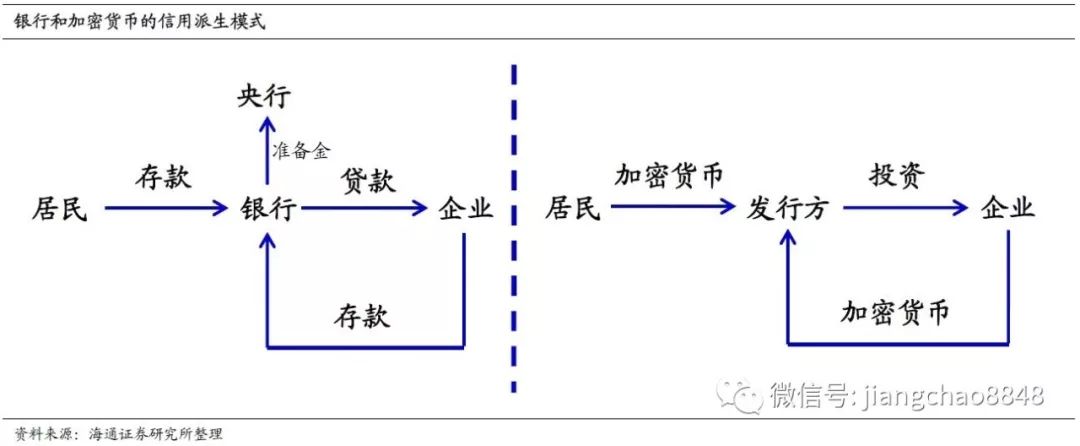
Second, smart contracts based on cryptocurrencies will impact traditional financial services. The most important application of cryptocurrency is the decentralized transfer function, which replaces the bank's traditional business. In particular, current cross-border bank transfers often take a long time to confirm, and cryptocurrencies can easily transfer funds between accounts in different countries, greatly reducing transaction costs and time. At the same time, many businesses of financial institutions act as intermediaries for financial transactions, and many financial transactions can be written as smart contracts, and auto-complete transactions can be implemented after the conditions set by the contract are met without third-party confirmation. For example, a forward contract based on the price of an asset can be set by a smart contract.
Not only financial services, but most of the intermediary services for online transactions can be completed by smart contracts. Once cryptocurrencies are widely used and intelligent contracts can be easily written, everyone can use smart contract platforms to sell their digital assets, or other assets based on digital vouchers, without relying on third-party mediation platforms. The current issuance of tokens is actually the prototype of this application, but since the cryptocurrency has not been widely used for payment, the issuance mechanism is not regulated, so the current token issuance is mainly used as a tool for discarding money.
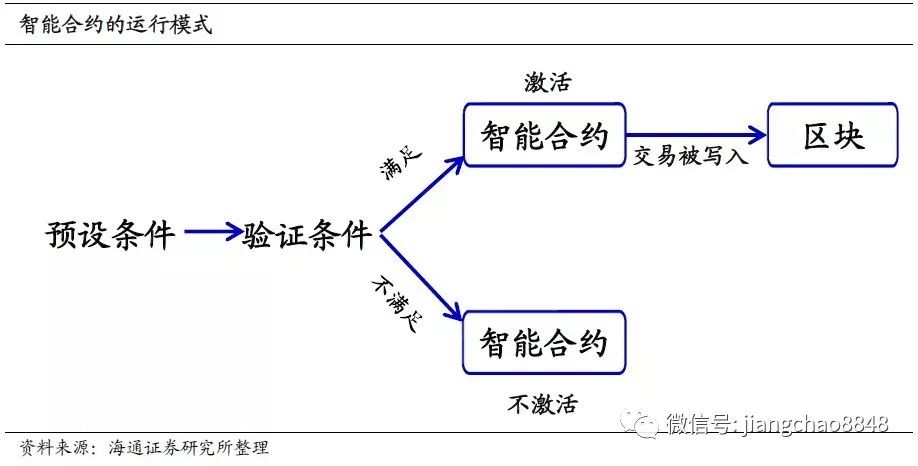
In addition to bringing changes to the current business model, the promotion of cryptocurrencies will also challenge the sovereign currency of some countries. Due to the long-term current account deficit in some countries, the global liquidity will be greatly depreciated when the global liquidity is tightened. For example, between 2017 and 2018, the Argentine peso and the Turkish lira depreciated by more than 50% and 30% respectively. In the future, once a widely accepted and stable cryptocurrency currency appears, it will cause merchants and residents in these countries to switch to cryptocurrency to replace the currency that continues to depreciate in the country. For example, after experiencing hyperinflation, Zimbabwe switched to other countries such as the US dollar and the South African Rand. The national currency is no longer used, which means that the monetary policy of these countries no longer has the ability to regulate.
But for the reserve currency behind the cryptocurrency, the promotion of cryptocurrency is equivalent to enhancing its influence. It has already been mentioned that cryptocurrency needs to be widely used for payment to have a stable currency value, and the way to achieve this feature is to have a currency reserve and be freely convertible, as is currently the case with Libra. But this mechanism also makes the value of the cryptocurrency linked to the reserve currency exchange rate, which means that the dominant reserve currency has an increased influence. Considering that the cryptocurrency payment system does not have national borders, the widely used cryptocurrency is equivalent to forming a global currency in the Internet field, which means that its reserve currency becomes a global currency at the Internet level.

Source: Jiang Chao Macro Bond Research (id: jiangchao8848)
Author: Haitong macro Jiang Chao, Xiao Song
We will continue to update Blocking; if you have any questions or suggestions, please contact us!
Was this article helpful?
93 out of 132 found this helpful
Related articles
- Every team has a coin? How NBA explores cryptocurrency and blockchain applications
- Amazon, Baidu, and Ping An executives talk about the blockchain landing, the future business of the Web3.0 era
- The first in the industry! US cryptocurrency exchange INX seeks IPO listing
- How is the contract master made? Deep analysis of cryptocurrency derivatives 丨SheKnows interview
- Blockchain Weekly | Mom no longer worried that I bought "counterfeit currency", Bakkt launched bitcoin spot settlement contract
- A text to understand how retail giant Wal-Mart will apply blockchain technology
- The death of chain travel: Are they born for entertainment, or are they born for trading?






